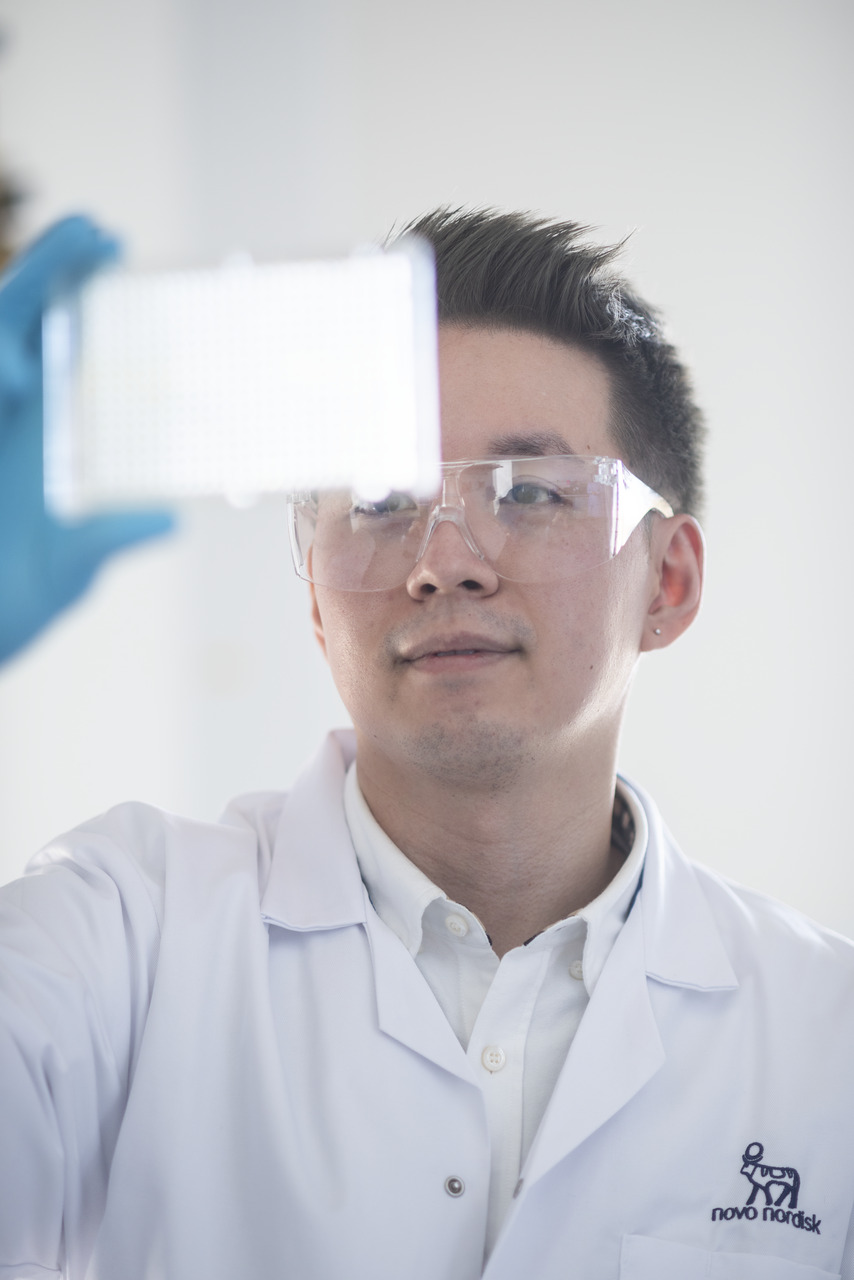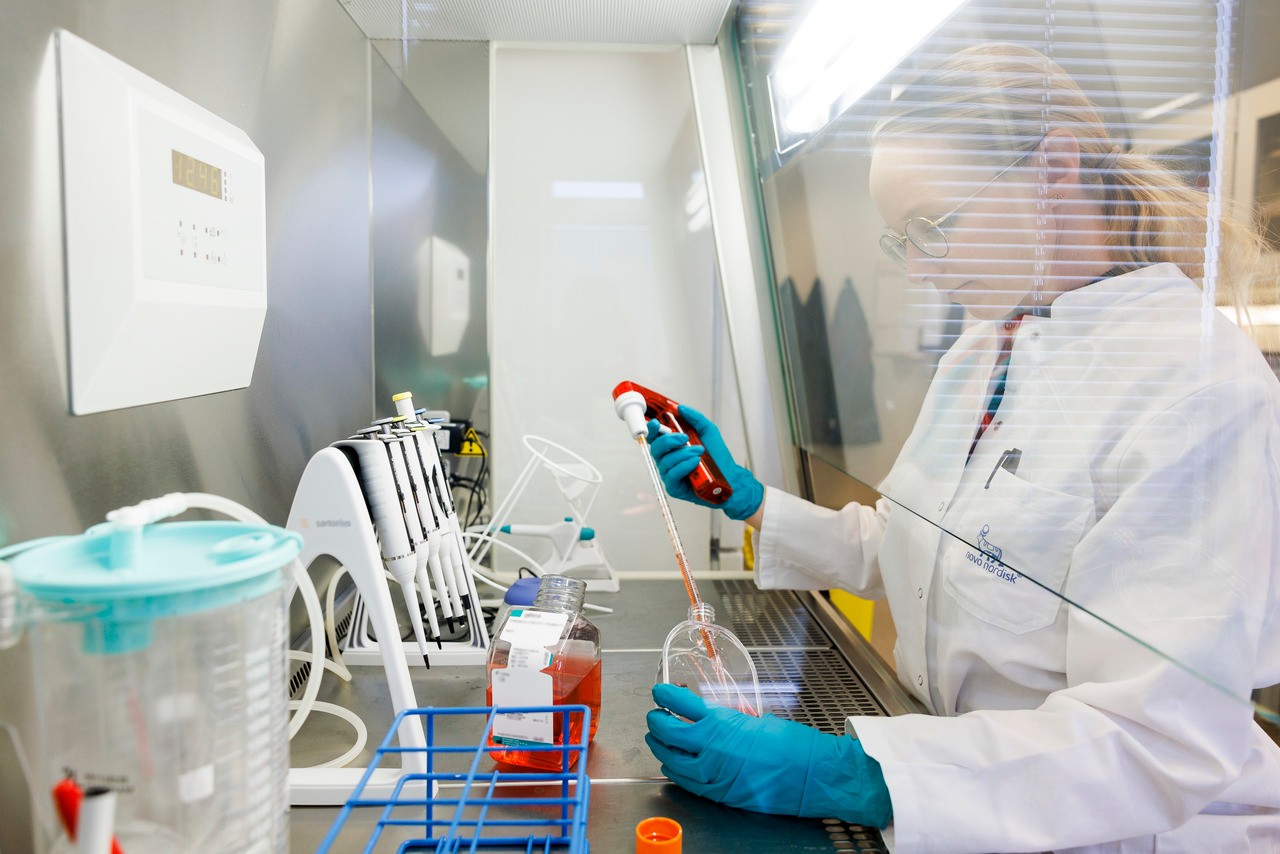We have a longstanding heritage of driving innovation in our main therapy areas. In recent years, we have also significantly increased our focus on partnering and fostering external innovation to the next level to expand and sharpen the competitiveness of our internal efforts.
We believe that partnerships come down to creating more value together than we each could alone. More scientific breakthroughs. More discoveries. More expertise. More impact.
By combining innovative ideas with the experience of bringing them to life, we can create value greater than the sum of its parts.
- Next generation innovation in GLP-1/incretin-based therapies and insulin
- Novel mechanisms and disease modifying therapies in type 1 and 2 diabetes
- Novel and/or complementary approaches to energy intake and energy expenditure regulation
- Quality of weight loss and co-morbidity improvements, as well as transformational prevention approaches
- Novel bypassing agents, cell and gene-therapies within rare blood and
haemato-renal disorders - Rare adrenal, pituitary and growth diseases within rare endocrine disorders
- Novel modalities for atherosclerosis and chronic heart failure
- Novel MoAs in anti-inflammatory or other pathways across multiple indications
- Proteins and peptides: Discovery and development of therapeutic proteins, peptides and antibodies, including alternative delivery of biologics e.g., oral or extended release
- RNA-based therapies: Biological processes to silence and alter genes that cause or contribute to diseases. Tissue targeting technologies and innovation to improve manufacturability/scalability
- Small molecules: Pre-clinical and clinical assets in core TAs, as well as development and production capabilities
- Gene and cell therapies: Targeting DNA to deliver a true cure for genetic diseases. Specialised cells and technology/devices for regenerative or curative cell therapies
- Emerging, novel and next-generation technologies with disruptive potential to improve patient experience and outcomes
- Digital: Solutions to improve outcomes and adherence through digital therapeutics, diagnostics, monitoring, prediction of disease progression and risk management
- Data: To improve patient outcomes and drug discovery through access and products in patient, clinical, non-clinical data, discovery, research, analytics and scientific data sources
- Diagnostics: To identify the right patient, predict and diagnose the disease and comorbidities, monitor outcomes and treatment response through in vitro, behavioural and digital tests
- Devices: Connected solutions to enable patient insight and simple to use delivery systems


